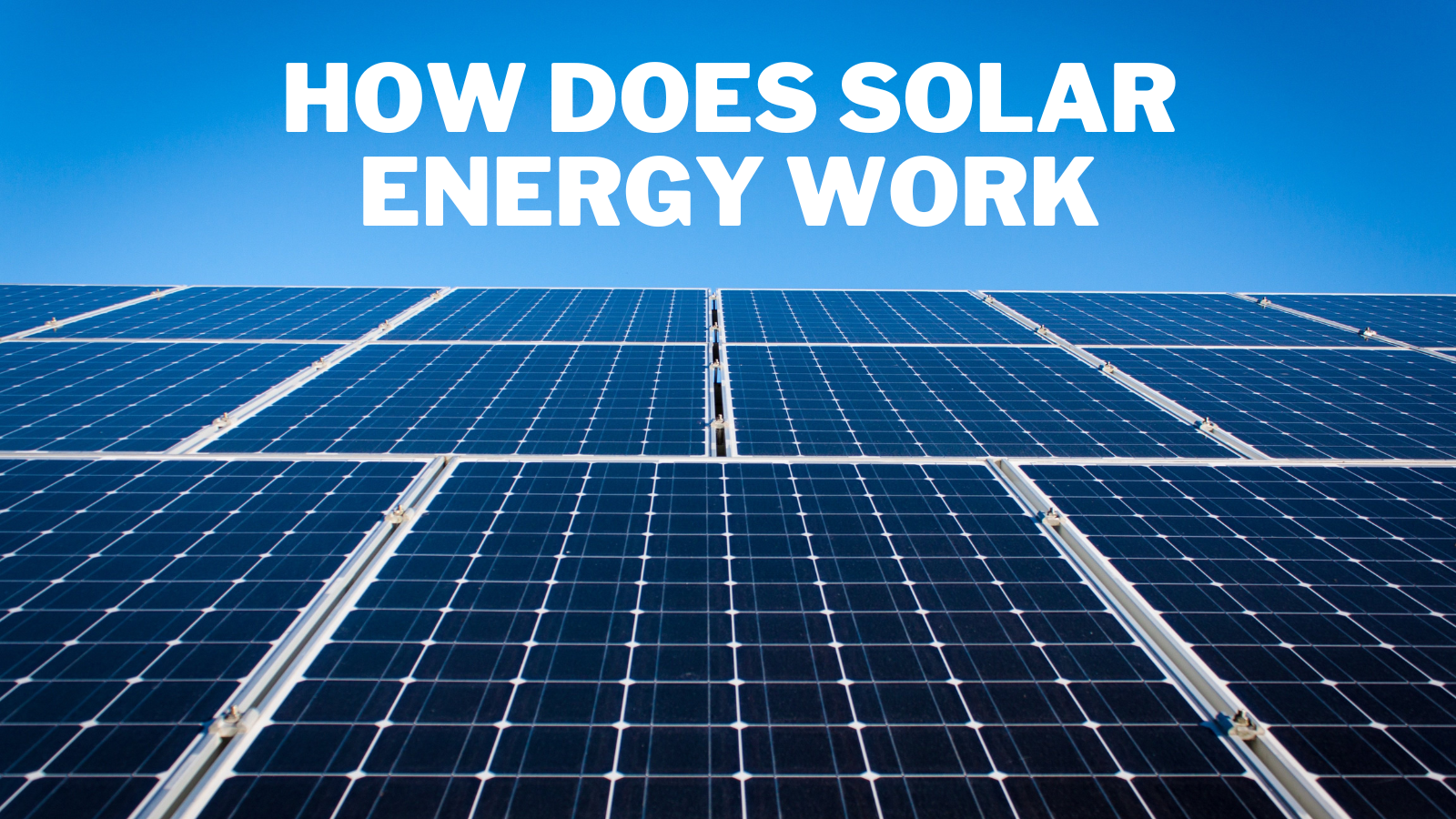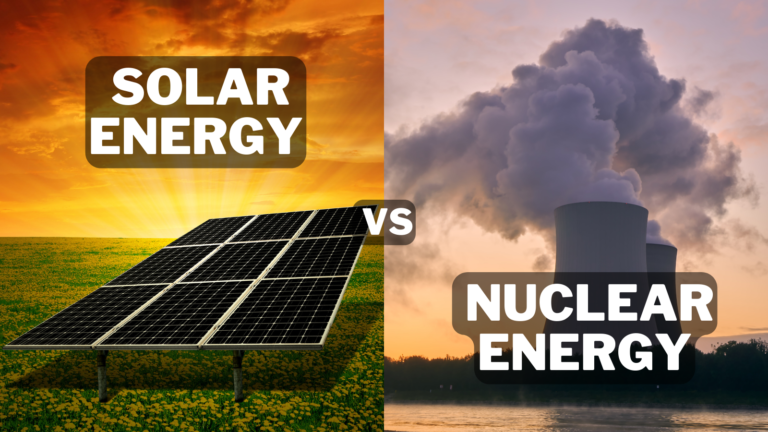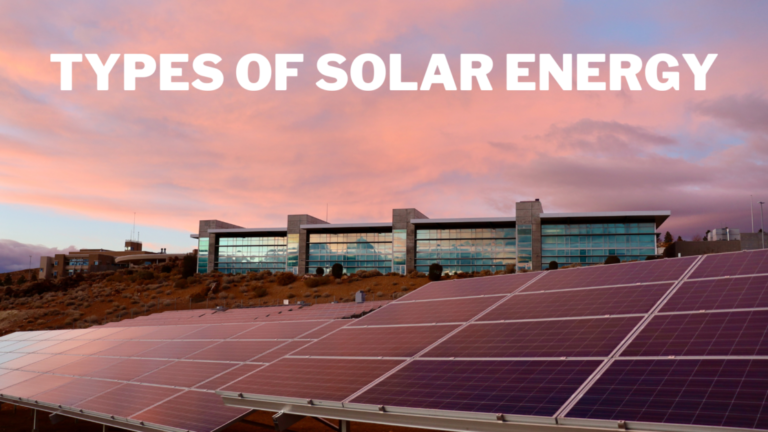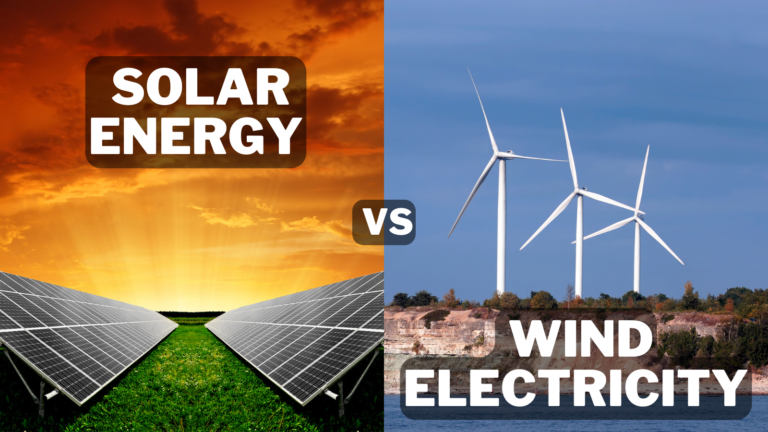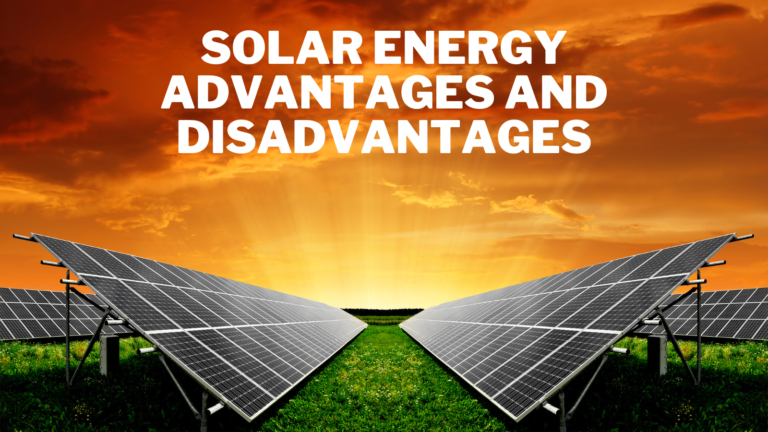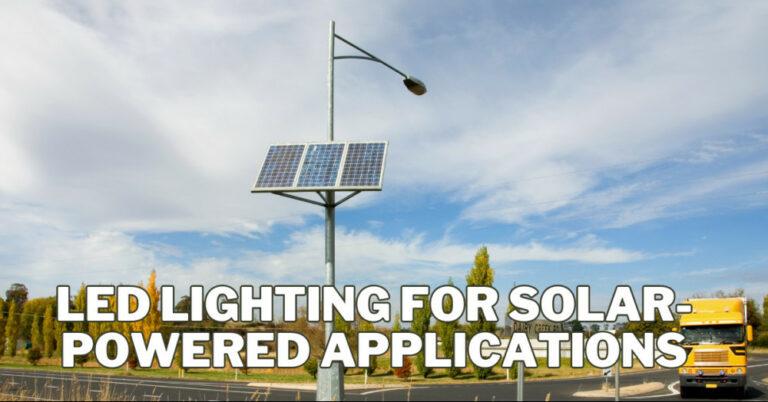How Does Solar Energy Work
How Does Solar Energy Work?
Solar energy is a renewable and sustainable energy source that has become increasingly popular recently.
It is harnessed by using photovoltaic cells to convert sunlight into electricity, making it a clean and green energy source.
This blog post will explain how solar energy works and the benefits of using this renewable energy source.
How Does Solar Energy Work?
Here are the key points to consider:
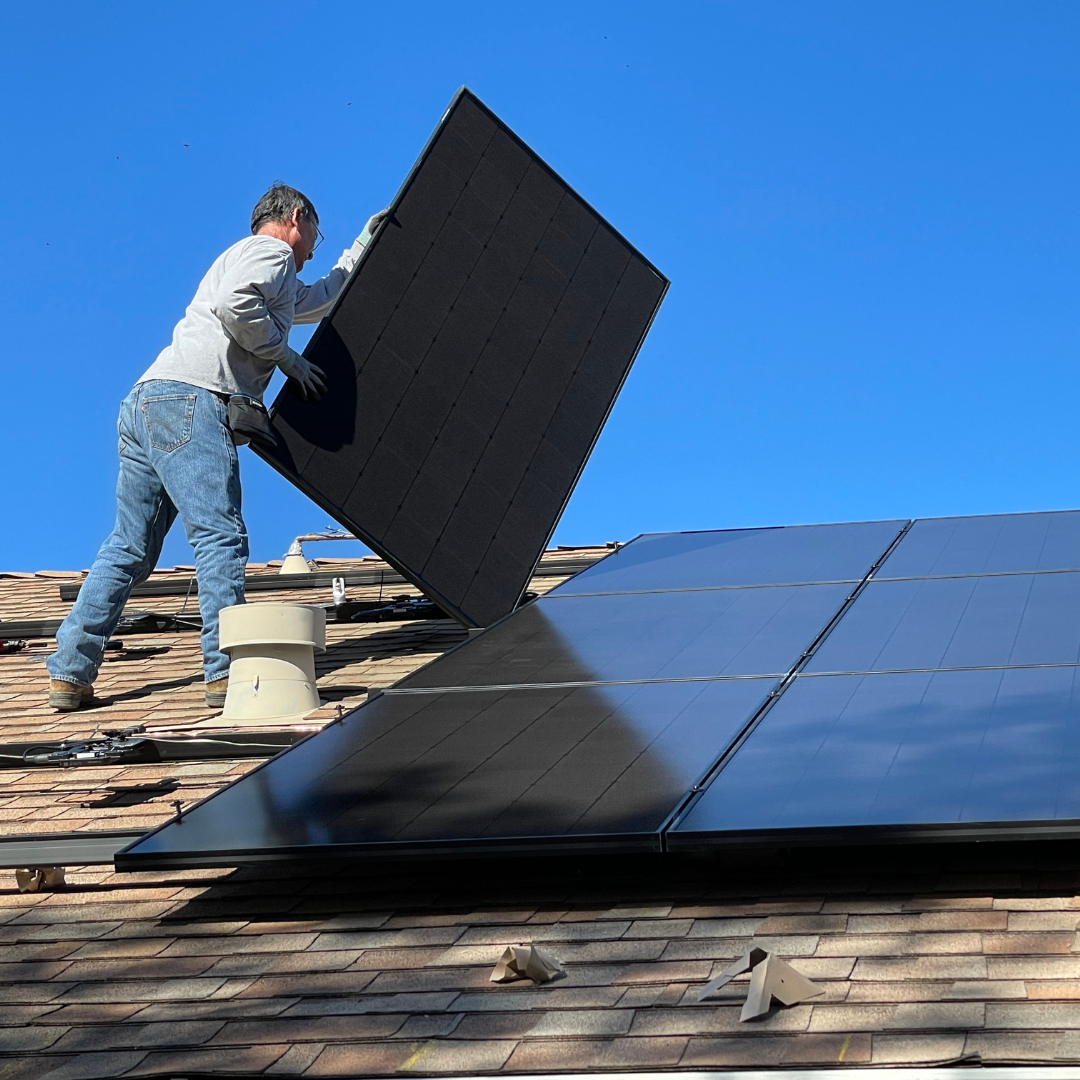
1. Solar Panels
Solar panels are typically wired together by multiple photovoltaic (PV) cells. Each PV cell consists of two layers of semiconductor material, normally silicon.
The top layer is “doped” with impurities to create an excess of electrons, while the bottom layer is doped to create a deficit of electrons. When sunlight (photons) hits the top layer of the cell, it knocks electrons loose from the atoms in the material. These loose electrons are attracted to the cell's bottom layer, creating an electrical current.
This flow of electrons is captured by the wiring in the solar panel and sent to an inverter, which converts the DC electricity generated by the solar panels into AC electricity that can be used in homes and businesses. The efficiency of solar panels can vary depending on various factors, including the amount of sunlight available, the orientation and tilt of the panels, and the temperature.
Solar panels can be mounted on rooftops, on the ground, or on specialized tracking systems that follow the sun as it moves across the sky. In addition to traditional silicon-based solar panels, other types of solar panels use different materials and technologies to generate electricity, such as thin-film solar panels and concentrator solar panels.
Overall, solar panels are a critical component of a solar energy system, as they convert sunlight into usable electricity. As technology improves and costs decrease, solar energy becomes an increasingly attractive alternative to traditional energy sources.

2. Photovoltaic Effect
The photovoltaic effect is the process by which photons from sunlight are converted into electrical energy. When photons strike the PV cell, they transfer their energy to an electron in the semiconductor material, typically silicon. This energy is enough to knock the electron out of its orbit around the nucleus of the silicon atom, leaving behind a “hole.”
This leaves the electron with a net negative charge and the hole with a net positive amount. When an external circuit is connected between the top and bottom of the PV cell, the flow of electrons creates a current. This current can be used for electrical power devices, stored in batteries for later use, or fed back into the power grid.
Various factors, including the wavelength and intensity of the sunlight, the properties of the semiconductor material, and the design and construction of the PV cell, influence the efficiency of the photovoltaic effect. Researchers are continually working to improve the efficiency of PV cells to increase the amount of electricity generated from a given area of solar panels.
The photovoltaic effect is a key process in harnessing solar energy, as it converts sunlight into electrical energy. Understanding the principles of the photovoltaic effect is essential for developing and improving solar energy technology.
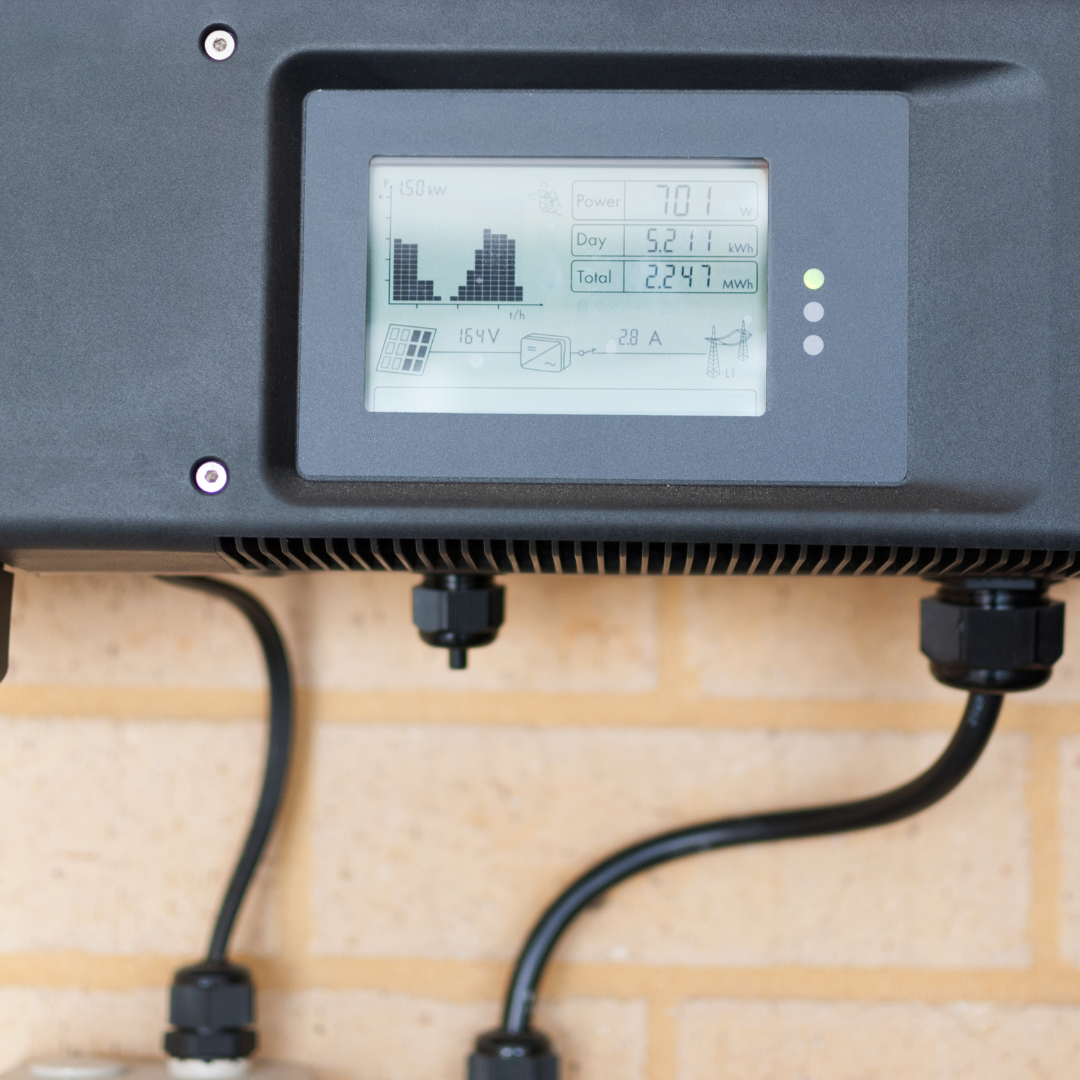
3. Inverter
An inverter is an essential component of a solar energy system. It is responsible for converting the DC electricity produced by solar panels into AC electricity used in homes and businesses. This is because the electrical grid and most household appliances run on AC electricity.
The DC electricity generated by solar panels is stored in batteries or fed into an inverter, which converts the DC electricity into AC electricity.
Inverters use complex electronic circuits to convert the DC electricity into a waveform similar to the AC electricity waveform. The inverter also regulates the voltage and frequency of the electricity to ensure that it meets the requirements of the electrical grid.
Several types of inverters are used in solar energy systems, including string inverters, microinverters, and power optimizers. String inverters are the most common type of inverter typically used in larger solar installations.
They are connected to multiple solar panels and convert the DC electricity from the panels into AC electricity. Microinverters, on the other hand, are small inverters that are attached to each solar panel.
This allows for greater flexibility and can improve the efficiency of the system. Power optimizers are similar to micro inverters but work together with string inverters to optimize the system's performance.
Overall, inverters play a critical role in converting the DC electricity generated by solar panels into usable AC electricity. As solar energy technology continues to improve, inverters are becoming more efficient and affordable, making solar energy a more attractive alternative to traditional energy sources.
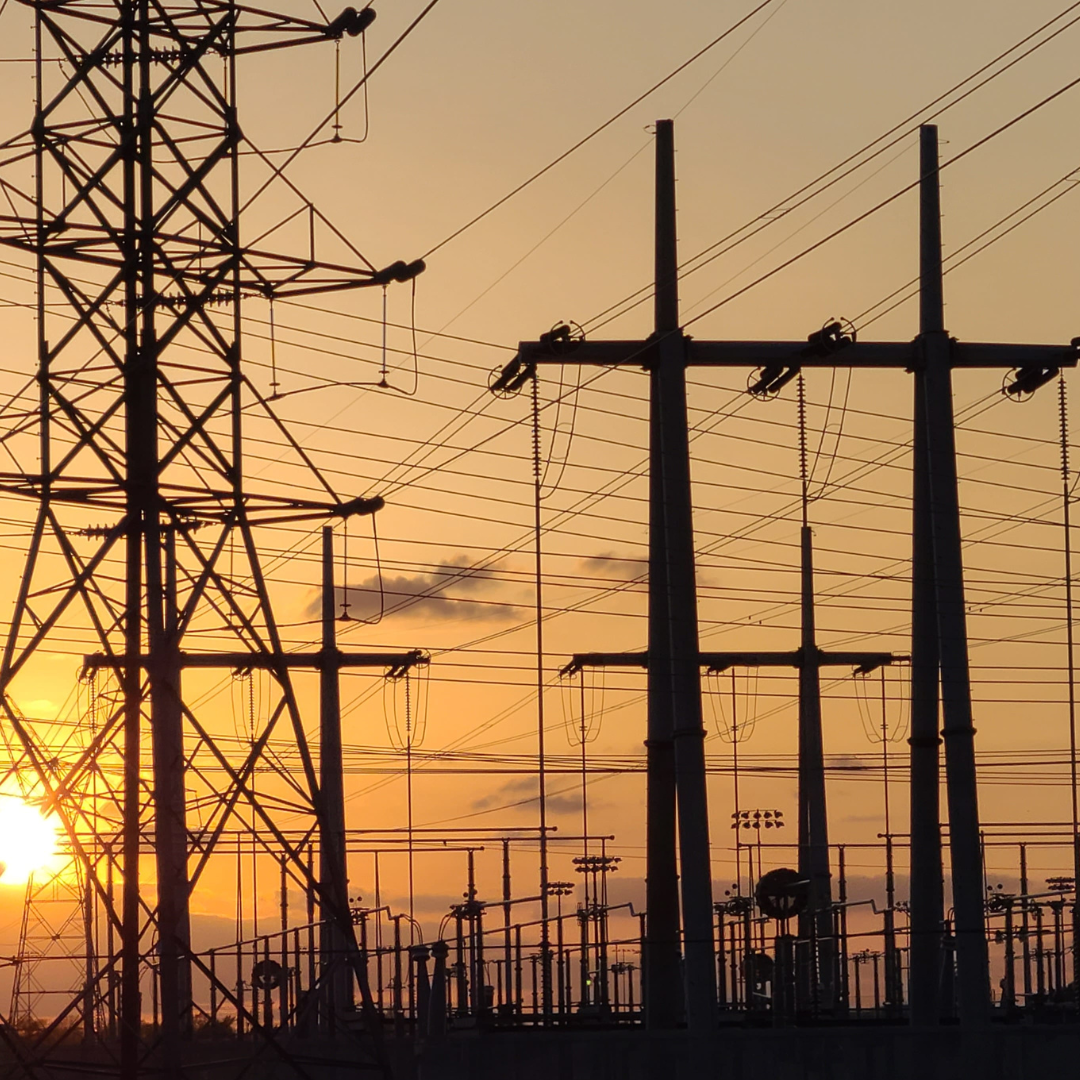
4. Electrical Grid
The electrical grid is a network of power lines, substations, transformers, and other components that delivers electricity from power plants to homes and businesses.
When a solar energy system generates excess electricity, it can be fed into the electrical grid. This is typically done through a process called net metering.
Net metering allows homeowners and businesses to earn credits for the excess electricity they generate and feed back into the grid.
These credits can be used to offset the cost of electricity used when the solar panels are not producing enough energy, such as during the night or on cloudy days. The credits can sometimes be sold back to the utility company at a premium rate.
Net metering policies vary by state and country, but most places have some form of net metering. Some utilities may restrict the amount of electricity fed into the grid or the rate at which credits can be earned or sold back to the utility.
In addition to net metering, there are other ways to store excess solar energy, such as using batteries. Battery storage allows homeowners and businesses to store excess energy generated during the day for use at night or during periods of low sunlight.
As battery technology improves and costs decrease, battery storage becomes an increasingly popular option for solar energy systems.
Overall, the electrical grid plays a crucial role in delivering and managing electricity generated by solar energy systems. Net metering and other policies encourage the adoption of solar energy by making it more financially viable for homeowners and businesses. As technology improves and costs decrease, solar energy becomes an increasingly important component of the electrical grid.

5. Battery Storage
Battery storage systems can store excess electricity generated by solar panels. These batteries can be charged during the day when the solar panels produce excess electricity and discharge when insufficient sunlight generates electricity.
This allows homeowners and businesses to use solar energy even when the sun is not shining, such as at night or on cloudy days.
Battery storage systems typically consist of a battery bank, an inverter, and a charge controller. The battery bank is made up of multiple batteries that are connected to store energy.
The inverter converts the DC electricity stored in the batteries into AC electricity used in homes and businesses. The charge controller regulates the charging and discharging of the batteries to ensure that they are not overcharged or discharged too much, which can damage the batteries.
The cost of battery storage has decreased in recent years, making it more affordable for homeowners and businesses to install battery storage systems.
The most common type of battery used in solar energy systems is the lithium-ion battery, widely used in consumer electronics and electric vehicles. Lithium-ion batteries are efficient, have a long lifespan, and are lightweight, making them ideal for solar energy systems.
In addition to providing backup power during low sunlight, battery storage systems can offer other benefits. For example, they can help reduce the demand for electricity during peak periods, which can help reduce the strain on the electrical grid. They can also provide a power source during power outages or other emergencies.
Overall, battery storage is becoming increasingly popular for homeowners and businesses using solar energy. As battery technology improves and costs decrease, battery storage systems will likely become even more widespread.
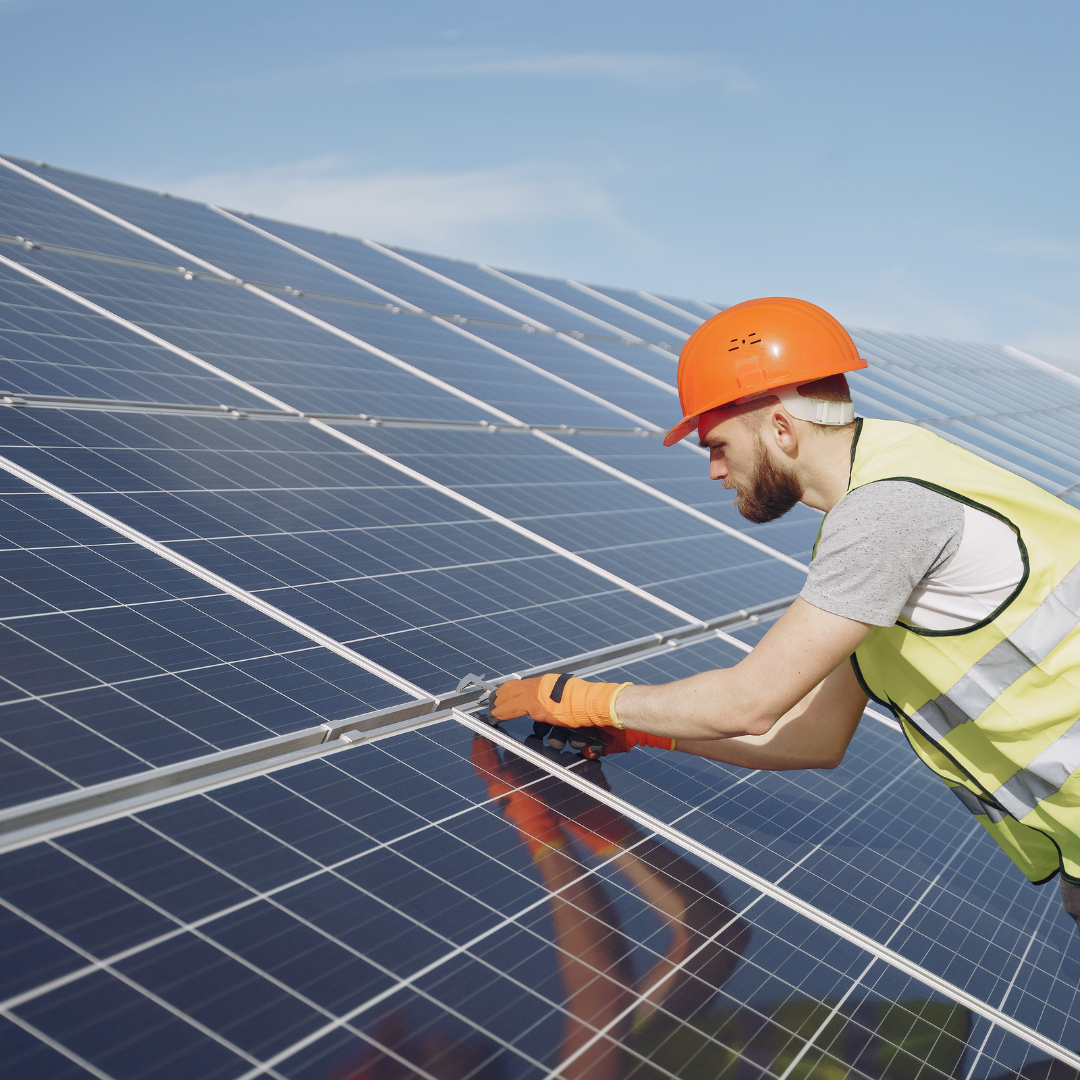
6. Maintenance
Solar panels are designed to be low maintenance, which is one of the benefits of using solar energy. However, some care is required to ensure that the boards are functioning at their maximum efficiency. Here are some of the maintenance tasks that should be performed periodically:
Over time, dust, dirt, and other debris can accumulate on the solar panel's surface, reducing its efficiency. It is recommended to clean the panels at least once or twice a year, depending on the location and weather conditions.
Cleaning can be done using a soft brush or a hose with a gentle spray nozzle. Avoid using abrasive materials or high-pressure water, which can damage the panels.
Regular inspections should be performed to check the wiring and electrical components of the solar energy system. This includes checking the connections between the solar panels, inverter, and other electrical components to ensure everything functions properly. It is recommended to have a professional inspect the system once a year to ensure that everything is working properly.
Solar energy systems can be monitored remotely to ensure they function properly. Many solar energy systems come with monitoring software that allows homeowners and businesses to track the performance of their solar panels in real-time. This can help identify any issues with the system early on before they become more serious.
If the solar energy system includes battery storage, the batteries should be checked periodically to ensure they function properly. This includes checking the charge levels, temperature, and connections to ensure everything works properly.
By performing these maintenance tasks regularly, homeowners and businesses can ensure that their solar energy system is functioning at their maximum efficiency. This can help reduce energy costs and increase the system's lifespan.

7. Sunlight Availability
Solar panels generate the most electricity when exposed to direct sunlight. The intensity of sunlight is highest during midday when the sun is directly overhead, so this is when solar panels will produce the most electricity.
However, the sun's angle changes throughout the day, so the panels should be installed in a location that receives direct sunlight for as much of the day as possible.
Even on cloudy days, solar panels can still generate electricity at a reduced rate. Cloud cover reduces the intensity of sunlight, which means that the panels will not be able to generate as much electricity as they would on a clear day. However, solar panels are still effective on cloudy days and can generate enough electricity to power homes and businesses.
The amount of sunlight available also varies depending on the time of year. In locations with four seasons, solar panels will generate more electricity in the summer with more daylight hours and higher sun. There are fewer daylight hours in the winter, and the sun's angle is lower, so solar panels will generate less electricity.
The amount of sunlight available also depends on the location of the solar panels. Solar panels installed in areas closer to the equator receive more direct sunlight throughout the year than those established in higher latitudes.
The orientation of the solar panels is also important – panels should be installed facing south in the northern hemisphere and north in the southern hemisphere to receive the most sunlight.
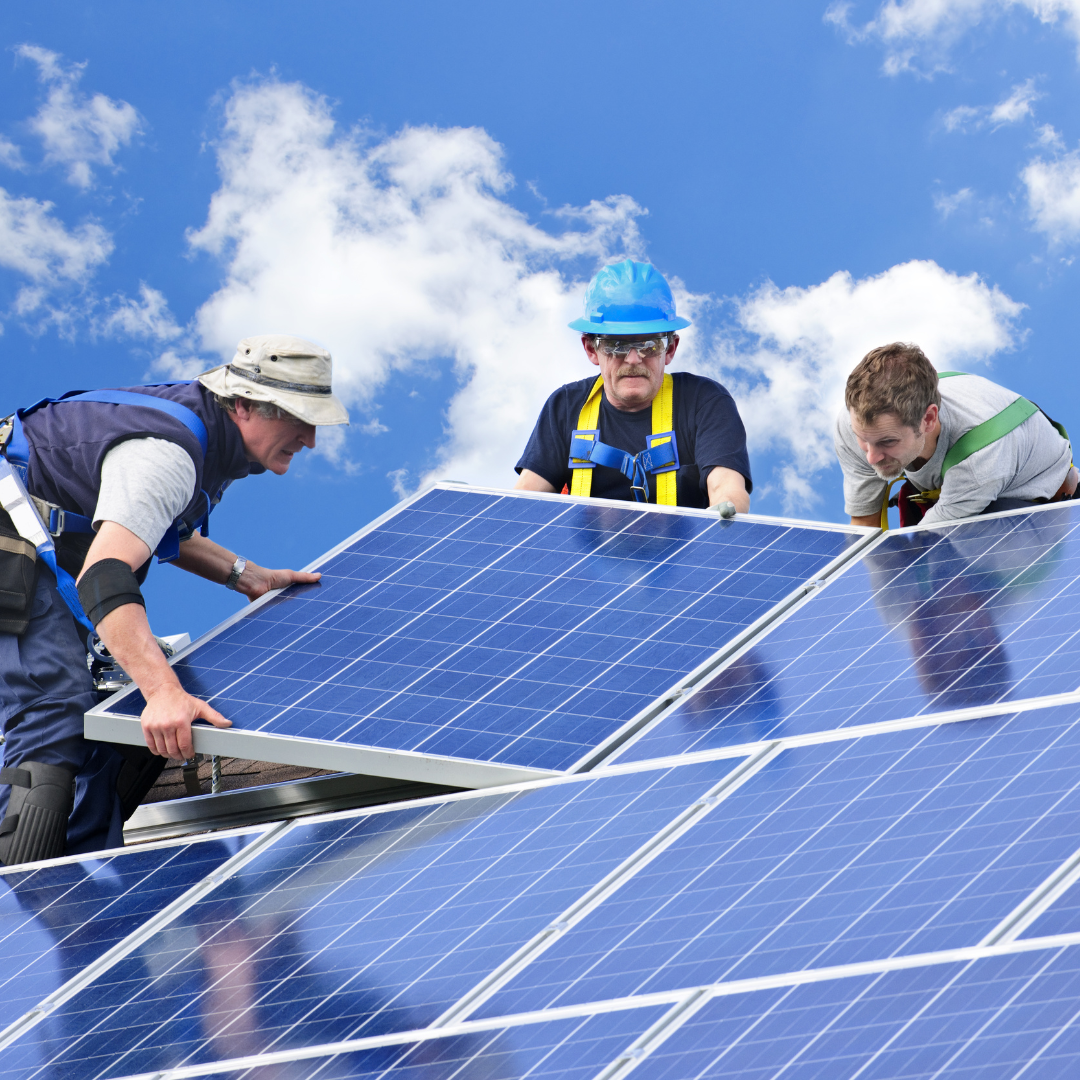
8. Orientation And Tilt
The orientation of solar panels refers to the direction they face. In the northern hemisphere, solar panels should be installed facing south to maximize their exposure to the sun. This is because the sun is in the southern part of the sky during the day.
In the southern hemisphere, solar panels should be installed facing north. It's important to note that solar panels can still generate electricity even if they are not facing directly south or north.
Panels installed facing east or west can still generate electricity, but they will not be as efficient as those facing directly south or north.
The tilt of solar panels refers to the angle at which they are installed. The ideal tilt angle of solar panels depends on the latitude of the installation location. For example, solar panels installed at a latitude of 30 degrees should be tilted at an angle of 30 degrees.
Panels installed at a higher or lower latitude should be tilted at a corresponding angle. The tilt angle is important because it determines how much sunlight hits the solar panels.
If the meetings are listed too much, they will not receive enough sunlight; if they are not tilted enough, they will receive too much sunlight and may overheat.
Another way to optimize solar panel performance is to use tracking systems. These systems use motors and sensors to move the solar panels throughout the day to follow the sun's movement.
This allows the panels to receive maximum sunlight throughout the day, which can increase their electricity generation by up to 25%.
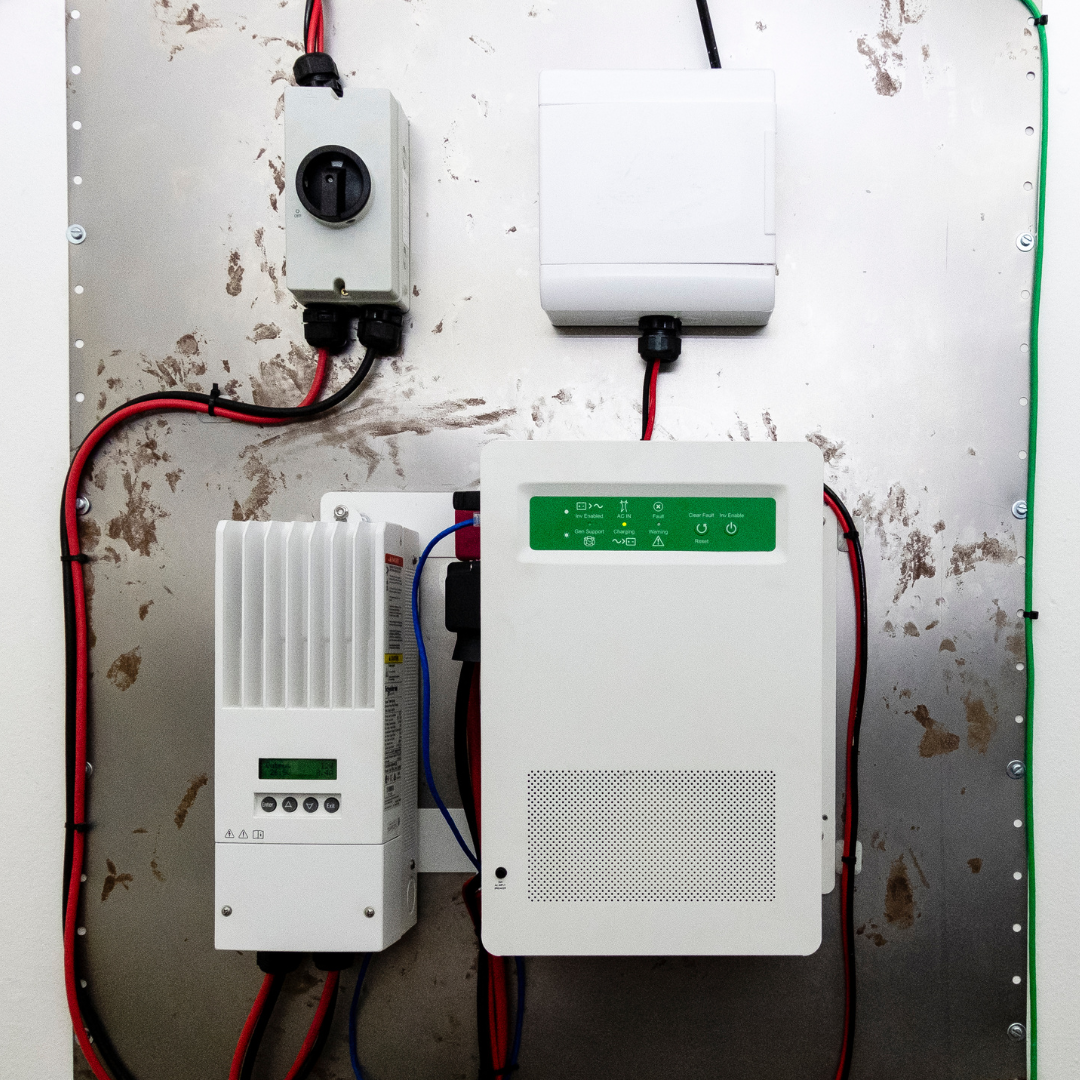
9. Inverters And Micro-Inverters
String inverters are typically installed in a central location and connected to multiple solar panels in a series called a string. The DC electricity generated by the solar panels is sent through the line to the string inverter, converted into AC electricity that can be used in homes and businesses.
While string inverters are generally more cost-effective for larger solar energy systems, they may be less efficient as a single inverter can only perform as well as the weakest panel in the string.
On the other hand, micro-inverters are smaller inverters that are installed on each solar panel. Each micro-inverter is responsible for converting the DC electricity generated by its respective meeting into AC electricity, allowing each panel to operate independently.
This design can result in a more efficient system overall, as each forum can perform to its fullest potential without being limited by other boards in the system.
Additionally, micro-inverters can be helpful in shaded areas or areas where panels may be exposed to different amounts of sunlight, as each forum can adapt to its specific conditions.
In recent years, the cost of micro-inverters has decreased, making them a more affordable option for smaller solar energy systems. However, they may still be more expensive than string inverters for larger systems.
Ultimately, the decision to use either string inverters or micro-inverters will depend on the specific needs and circumstances of the installed solar energy system.
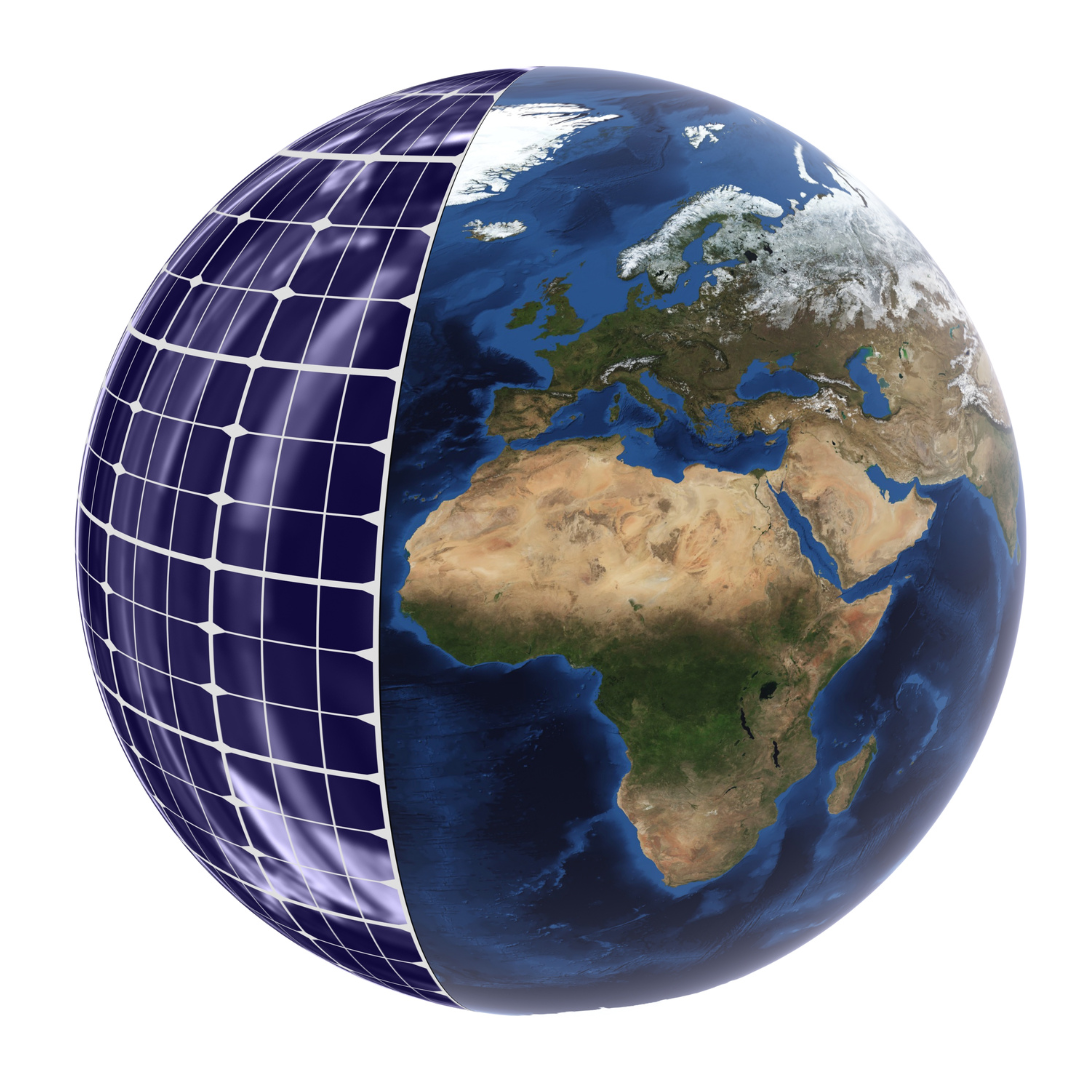
Conclusion
In conclusion, solar energy is a clean and renewable source of energy that can be harnessed using solar panels. Solar panels are made up of photovoltaic cells that convert sunlight into electricity through the photovoltaic effect.
The electricity generated by solar panels is then converted from DC to AC using an inverter and can be used to power homes and businesses.
Any excess electricity can be fed back into the electrical grid through net metering or stored in batteries when insufficient sunlight generates electricity.
The performance of solar panels depends on factors such as sunlight availability, orientation, and tilt. Solar panels should be installed facing south in the northern hemisphere and north in the southern hemisphere and tilted at an angle that maximizes their exposure to the sun. Solar tracking systems can also optimize solar panels' performance by following the sun's movement throughout the day.
Although the upfront cost of installing a solar energy system can be high, the long-term savings on electricity bills and the environmental benefits make it a worthwhile investment.
With advancements in solar technology and increasing awareness of the importance of renewable energy sources, solar energy is becoming an increasingly popular and accessible option for homeowners and businesses.
I trust you enjoyed this article about How Does Solar Energy Work? Please stay tuned for more blog posts to come shortly.
JeannetteZ
Your Opinion Is Important To Me
Thoughts? Ideas? Questions? I would love to hear from you. Please leave me your questions, experience, and remarks about this article on How Does Solar Energy Work in the comments section below. You can also reach me by email at Jeannette@Close-To-Nature.org.
Disclosure
This post may contain affiliate links. I earn from qualifying purchases as an Amazon Associate and other affiliate programs. Please read my full affiliate disclosure.
You might also enjoy these blog posts:
15 Best Vegetables To Grow In Your Container Garden
All About Wild Turkeys – A Large Shy Bird
Interesting Facts About Woodpeckers
Healthy Natural Dog Food – Grant Your Dog A Longer Life
Why Is My Dog Stressed And How To Relieve It?
I did the keyword research for this blog
post in Jaaxy. Click on the banner
below and try it yourself for free.

